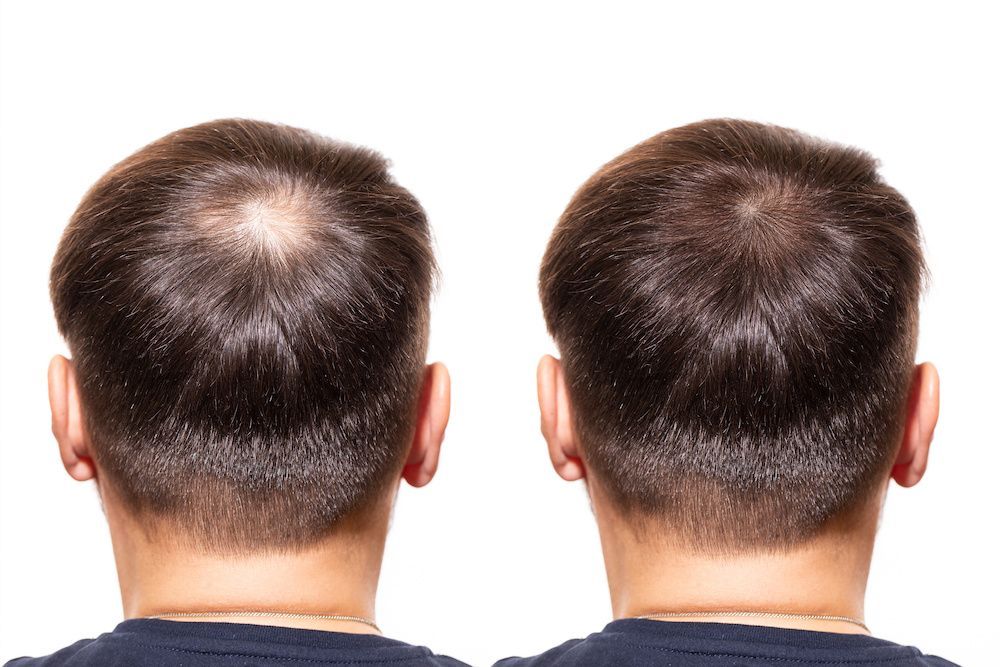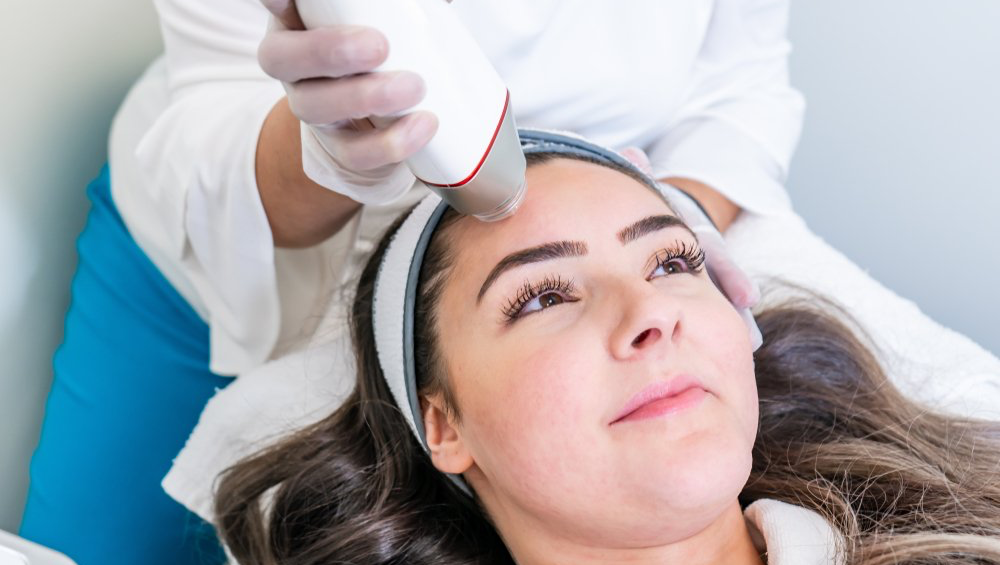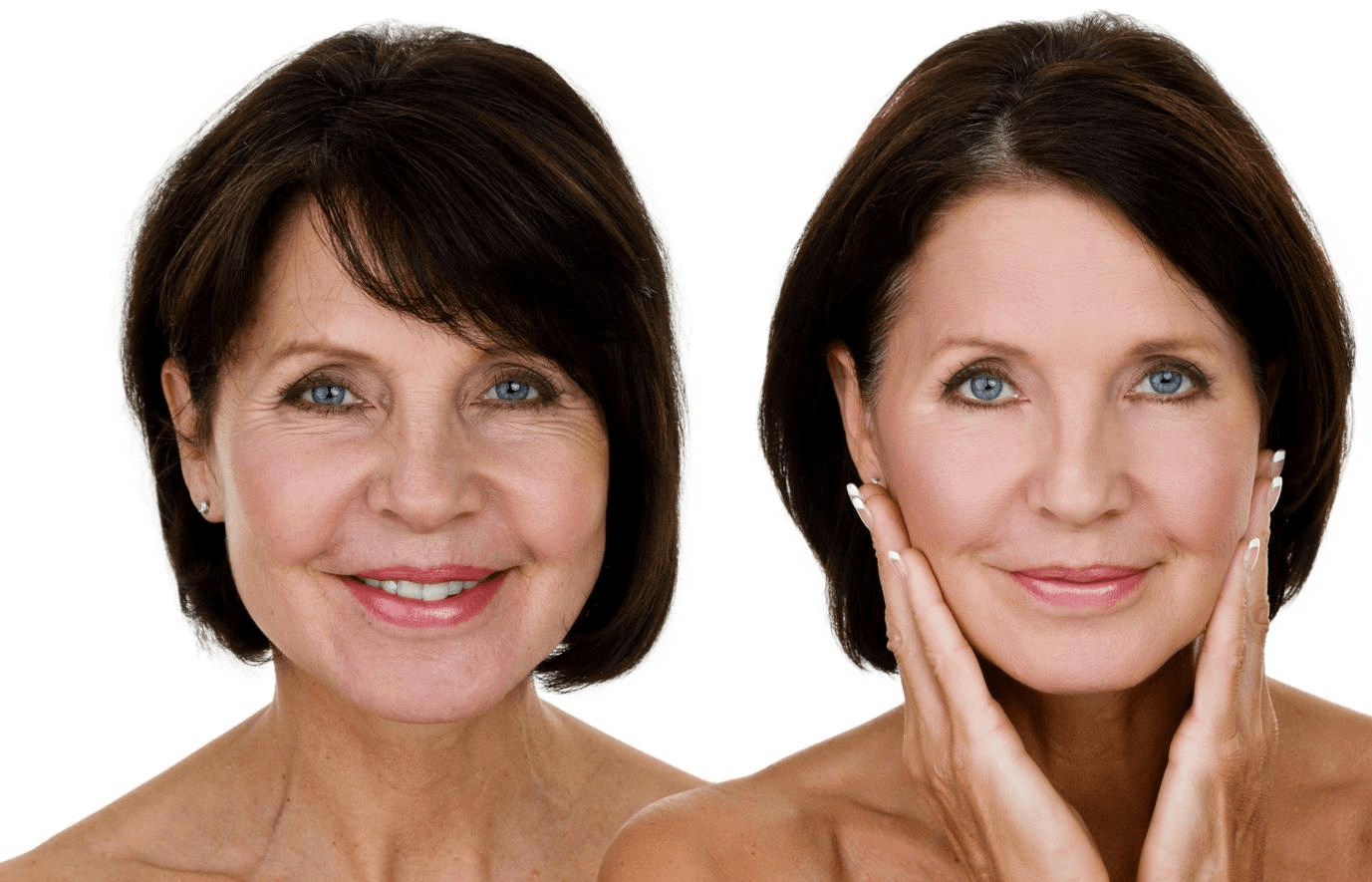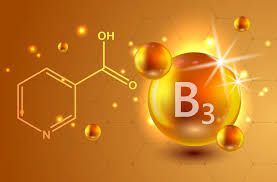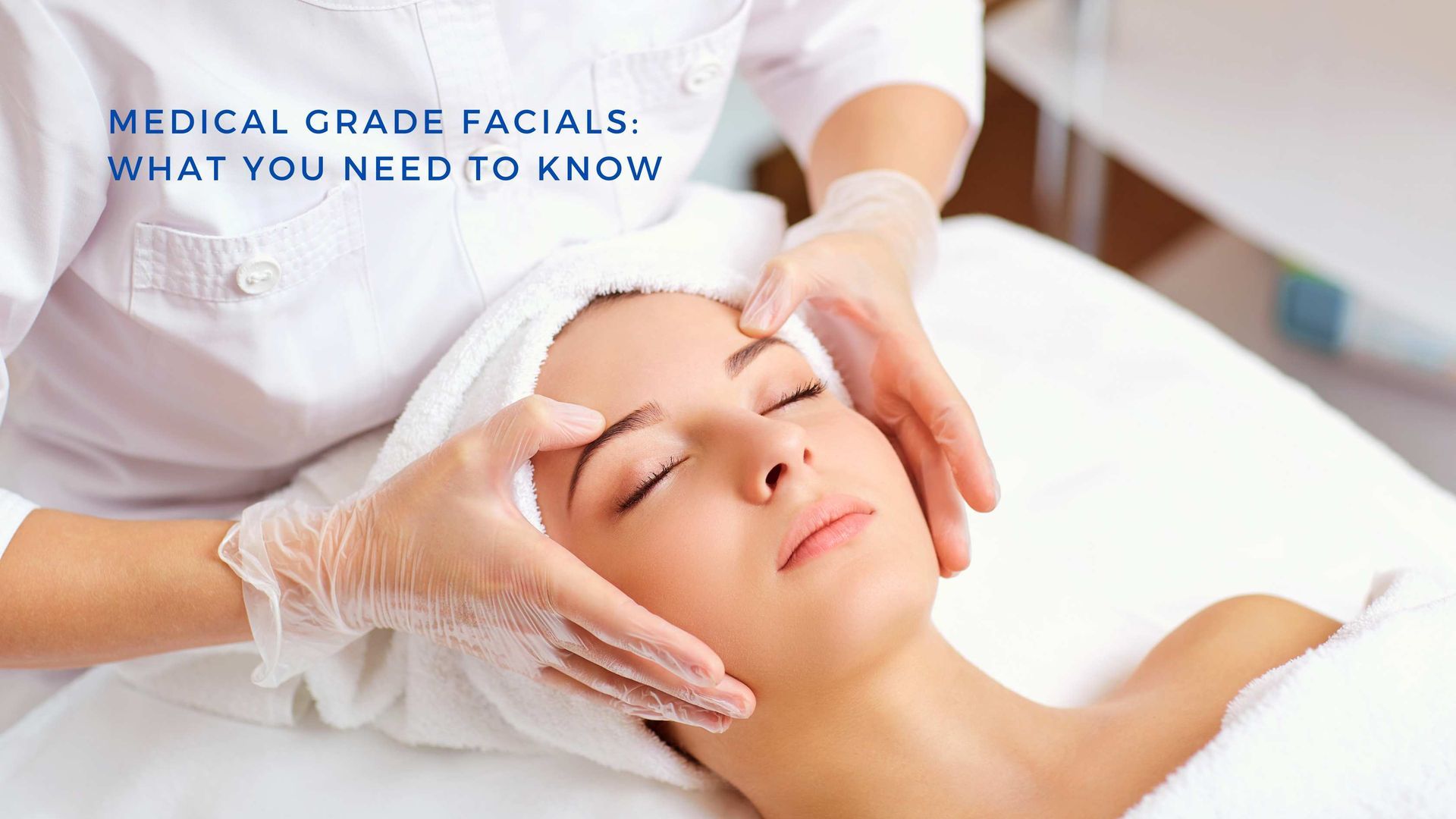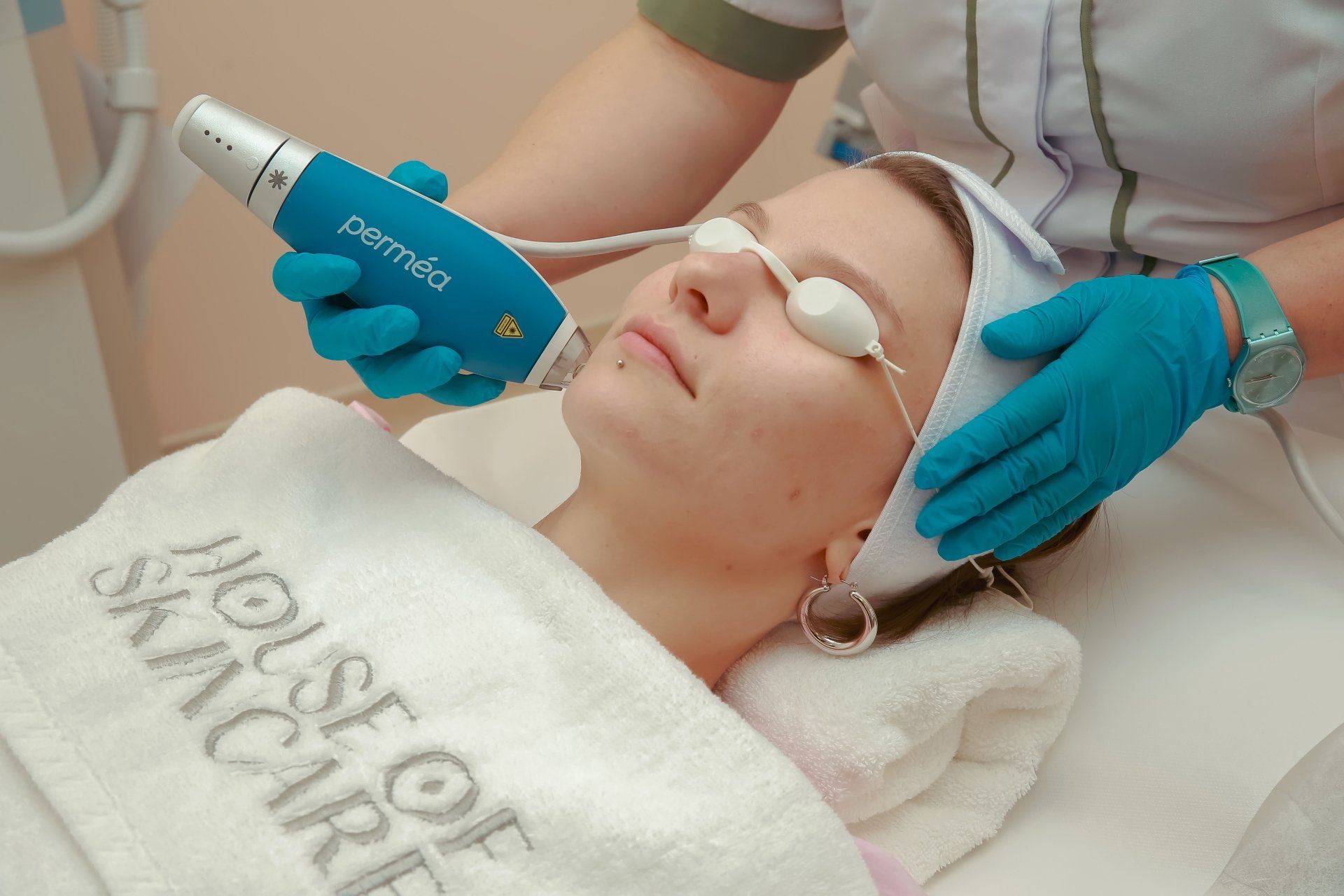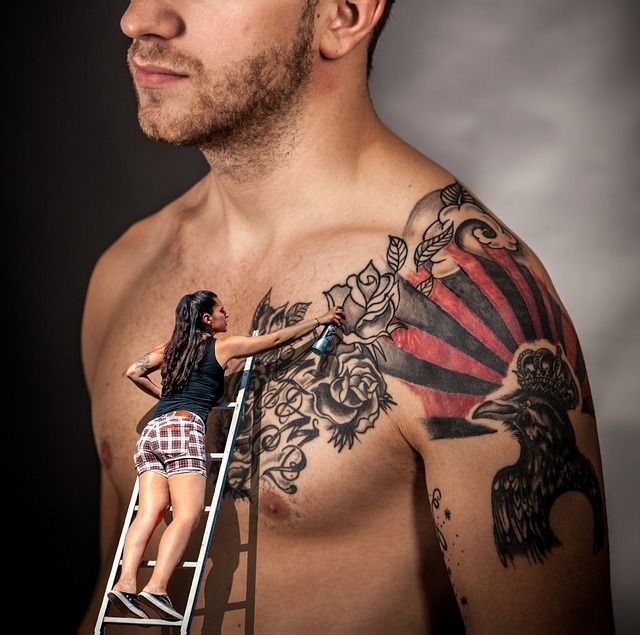Q: What is skin cancer?
A: Skin cancer is the uncontrolled growth of abnormal cells in the skin.
Q: What types are there?
A: The three main types of skin cancer are basal cell carcinoma (BCC), squamous cell carcinoma (SCC) and melanoma. BCC and SCC are also called non-melanoma skin cancer or keratinocyte cancers.
Rare types of non-melanoma skin cancer include Merkel cell carcinoma and angiosarcoma. They are treated differently from BCC and SCC
Basal cell carcinoma (BCC) – This starts in the basal cells of the epidermis. It makes up about 70% of non-melanoma skin cancers.
BCC grows slowly over months or years and rarely spreads to other parts of the body. The earlier a BCC is diagnosed, the easier it is to treat. If left untreated, it can grow deeper into the skin and damage nearby tissue, making treatment more difficult.
Having one BCC increases the risk of getting another. It is possible to have more than one BCC at the same time on different parts of the body.
Squamous cell carcinoma (SCC) – This starts in the squamous cells of the epidermis. It makes up about 30% of non-melanoma skin cancers.
SCC tends to grow quickly over several weeks or months. If left untreated, SCC can spread to other parts of the body. This is known as invasive SCC. SCC on the lips and ears is more likely to spread.
Melanoma – This starts in the melanocyte cells of the skin. It makes up 1–2% of all skin cancers. Although melanoma is a less common type of skin cancer, it is considered the most serious because it grows quickly and is more likely to spread to other parts of the body, such as the lymph nodes, lungs, liver, brain and bones, especially if not found early. The earlier melanoma is found, the more successful treatment is likely to be.
Other type of skin cancer
Squamous cell carcinoma in situ, or Bowen’s disease, is an early form of skin cancer that is only in the top layer of the skin (epidermis). It looks like a red, scaly patch and can develop into invasive squamous cell carcinoma if left untreated.
The diagnosis and treatment of squamous cell carcinoma in situ is similar to BCC and SCC.
Q: What is melanoma?
A: Melanoma is a type of skin cancer. It develops in the skin cells called melanocytes and usually occurs on parts of the body that have been overexposed to the sun.
Rarely, melanomas can also start inside the eye or in a part of the skin or body that has never been exposed to the sun, such as mucous membranes (e.g. sinuses, digestive tract, genitals), the soles of the feet or palms of the hands, and under the nails.
Other types of skin cancer include basal cell carcinoma (BCC) and squamous cell carcinoma (SCC). These are known as non-melanoma skin cancers or keratinocyte cancers, and they are far more common than melanoma. However, melanoma is considered the most serious form of skin cancer because it is more likely to spread to other parts of the body, especially if not found early. The earlier melanoma is found, the more successful treatment is likely to be.
Q: How common is melanoma?
A: Australia and New Zealand have the highest rates of melanoma in the world. Every year, about 16,000 people are diagnosed with melanoma in Australia.
Melanoma is the second most common cancer in men and the third most common cancer in women (excluding non-melanoma skin cancers).
Q: What are the signs and symptoms?
A: How melanoma looks can vary greatly. If you have lots of moles, a melanoma usually stands out and looks different from other moles. The first sign is often a new spot or a change in an existing mole:
- size – the spot may appear, or begin to grow larger
- colour – the spot may become blotchy with different depths and shades of colour (often brown or black, but about 20% of melanomas are “amelanotic” and appear as red, white, light grey, pink or the colour of your skin)
- shape or border – the spot may increase in height, become scaly, have an irregular shape (scalloped or notched) or not be symmetrical (the halves may look different)
- itching or bleeding – the spot may itch or bleed very easily
- elevation – the spot may start as a raised nodule or develop a raised area, which is often reddish or reddish brown.
New moles mostly appear during childhood and through to the 30s and 40s, as well as during pregnancy. However, adults of any age can have new or changing spots. It is important to get to know your skin and check it regularly. In a room with good light, fully undress and use a full-length mirror to check your whole body. For areas that are hard to see, use a handheld mirror or ask someone to help.
Look for spots that are new, different from other spots, or raised, firm and growing. Even if your doctor has said a spot is benign in the past, check for any changes in shape, size or colour. If you notice a new or changing spot, ask your doctor to examine it.
Q: What causes melanoma?
UV radiation most often comes from the sun, but it can also come from artificial sources such as solariums (also known as tanning beds or sun lamps). Solariums are now banned for commercial use in Australia because research shows that people who use solariums have a much greater risk of developing melanoma.
Anyone can develop melanoma. The risk is higher in people who have:
- unprotected exposure to UV radiation, particularly a pattern of short, intense periods of sun exposure and sunburn, such as on weekends and holidays
- lots of moles (naevi) – more than 10 moles above the elbow on the arms and more than 50 on the body, especially if the moles have an irregular shape and uneven colour (dysplastic naevi)
- pale, fair or freckled skin, especially if it burns easily and doesn’t tan
- light-coloured eyes (blue or green), and fair or red hair
- a previous melanoma or other type of skin cancer
- a strong family history of melanoma (see opposite)
- a weakened immune system from using immunosuppressive medicines for a long time (e.g. for rheumatoid arthritis or another autoimmune disease or after an organ transplant).
Q: What about other skin spots?
A: Some spots that appear on the skin are not cancerous.
Sunspots (actinic or solar keratoses) – Anyone can develop sunspots, but they occur more often in people over 40. They usually appear on skin that’s frequently exposed to the sun, such as the head, neck, hands, forearms and legs. Sunspots are a warning sign that the skin has had too much sun exposure, which can increase the risk of developing skin cancer.
Dysplastic naevi – People with many irregular moles (dysplastic naevi) have a greater risk of developing melanoma. The risk increases with the number of moles that a person has.
Moles (naevi) – A mole (naevus) is a normal skin-growth that develops when melanocytes grow in groups. Moles are very common. Some people have many moles on their body – this can run in families. Overexposure to the sun, especially in childhood, can also increase the number of moles. People with large numbers of normal moles can have a higher risk of melanoma.
Q: What causes skin cancer?
A: The main cause of all types of skin cancer is overexposure
to UV radiation. Over 95% of skin cancers are caused by UV exposure. When unprotected skin is exposed to UV radiation, the structure and behaviour of the cells can change.
UV radiation is produced by the sun, but it can also come from artificial sources, such as the lights used in solariums (sun beds). Solariums are now banned in Australia for commercial use because research shows that people who use solariums have a high risk of developing skin cancer.
Most parts of Australia have high levels of UV radiation all year round. UV radiation cannot be seen or felt and it is not related to temperature. It can cause:
• sunburn
• premature skin ageing
• damage to skin cells, which can lead to skin cancer.
Q: Who is at risk?
A: Anyone can develop skin cancer, but it’s more common in older people. The risk is also higher in people who have:
- fair or freckled skin, especially if it burns easily and doesn’t tan
- red or fair hair and light-coloured eyes (blue or green)
- had short, intense periods of exposure to UV radiation, e.g. on weekends or holidays or when playing sport, especially if it caused sunburn
- actively tanned or used solariums
- worked outdoors
- a weakened immune system, which could be caused by taking certain medicines after an organ transplant (immunosuppressants) or by ongoing blood conditions such as chronic leukaemia
- lots of moles on their body or moles with an irregular shape and uneven colour (dysplastic naevi)
- a previous skin cancer or a family history of skin cancer
- certain skin conditions such as sunspots.



